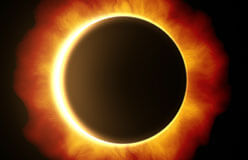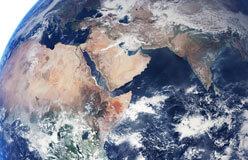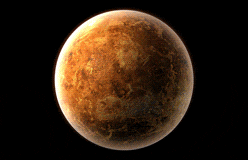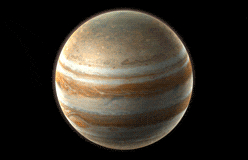The solar system is like clockwork, with planets orbiting the Sun year after year, and moons orbiting their planets.
Scientists can predict where and when many objects will be positioned in space. But not always, because sometimes accidents happen.
For example, many asteroids cross the orbits of planets, and if they happen to cross when a planet is in the way, you can guess what would happen. Asteroids are small, and planets are huge. In a head-on collision, the planet would probably “win,” and the asteroid would probably not exist anymore.
Crashes and near-misses are rare, which is why scientists (and other folks) get so excited about them.







